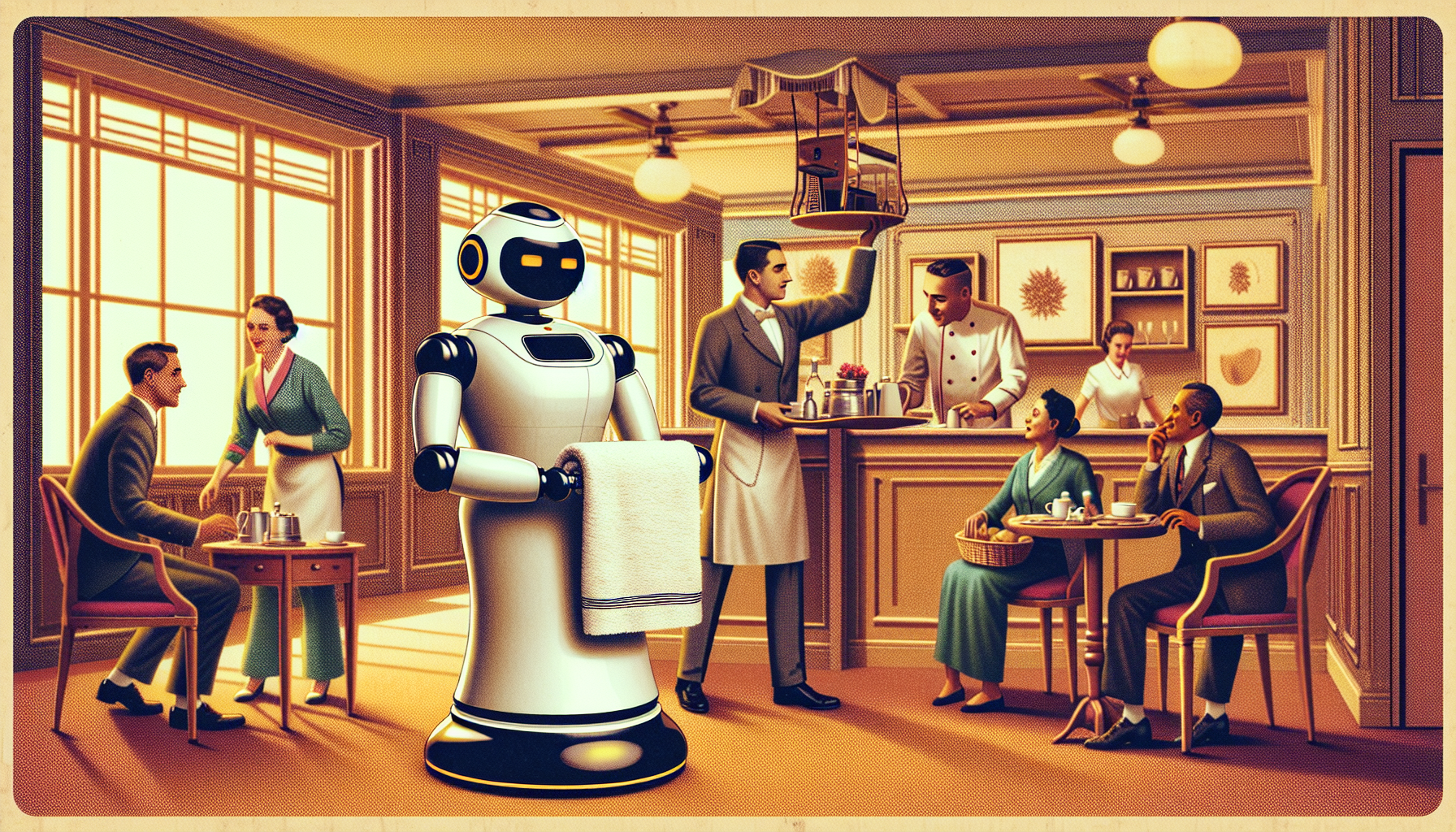As technology becomes a part of our daily routines, service robots are stepping into roles once held only by humans. From hotel lobbies to restaurants, these robots are expected to interact seamlessly with customers. Understanding how to design these interactions—especially through the lens of gender—has become crucial. Recent research from Penn State University provides new insights into how the perceived gender and appearance of service robots can influence customer responses.
The Influence of Gender in Robot Design
Service robots are often given human-like qualities to make them more approachable and effective in their roles. Among these qualities, gender traits can play a powerful role.
- Masculine traits and persuasion: The study discovered that robots with masculine characteristics were more persuasive when interacting with women who felt they had little power in a given situation. For example, a robot with a strong voice or confident posture might be more effective in encouraging these customers to accept its recommendations. This finding shows that the robot’s perceived gender does not just shape whether a customer finds it friendly—it can actually influence decisions and actions.
But gendered design is not the only factor at play.
- “Cute” design features: The researchers also observed an interesting effect when service robots were designed with features typically seen as cute, such as large eyes and round cheeks. These design choices counteracted the influence of gender stereotypes. Both men and women responded more equally to robots with cute features, suggesting that the appealing nature of ‘cuteness’ can break down the biases people might otherwise have about a robot’s gender. In practice, this could mean that a gentle, charming robot with big eyes might be just as effective with any customer, regardless of their gender.
The Power of the Customer
Another important aspect revealed by the research is the emotional state of the customer—specifically, their sense of personal power.
- Consumer psychology matters: Customers who felt less powerful were more likely to be influenced by the gender of the robot. This highlights the importance of understanding customer psychology, not only when designing the look and function of the robot, but also in shaping the interaction itself.
Implications for Hospitality
The hospitality industry, which is quickly adopting service robots to enhance guest experiences, stands to benefit greatly from these insights. A hotel manager might consider choosing robots with certain traits based on the typical customer, or even offer robots designed to appeal across a wide range of guests. By tailoring the gender and appearance of service robots, businesses can better guide customer choices and increase overall satisfaction.
What Previous Research Tells Us
Earlier studies explore how people react to robots whose gender matches traditional roles. For instance, people may feel more comfortable with a “female” robot as a receptionist or a “male” robot in a security role. Interestingly, other research suggests that people respond positively to feminine robots in both successful and unsuccessful situations. This shows a broader acceptance for feminine traits in service roles, perhaps because these traits—like warmth and cooperative communication—align with what people want from a helpful robot.
Looking Ahead
The growing presence of service robots brings new opportunities and challenges for meaningful, effective customer interactions. By paying close attention to gender design, appearance, and customer psychology, designers and businesses can create robots that are not only persuasive but also comforting and approachable. The choices made today will shape the way we connect with technology in the future—with each interaction serving as a reminder of our shared human values in a changing world.

Leave a Reply